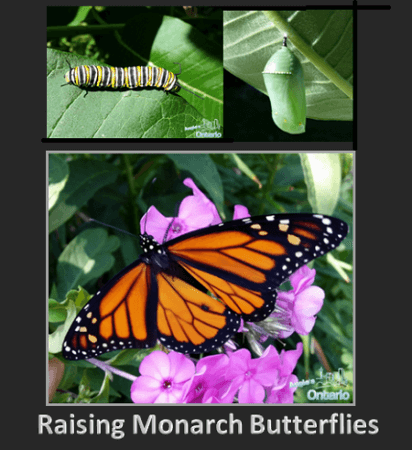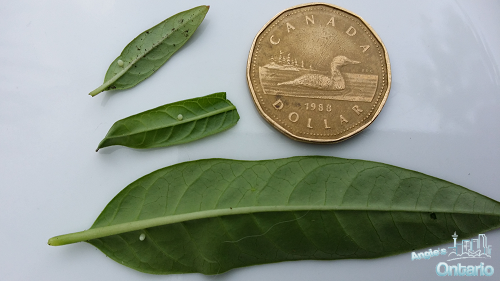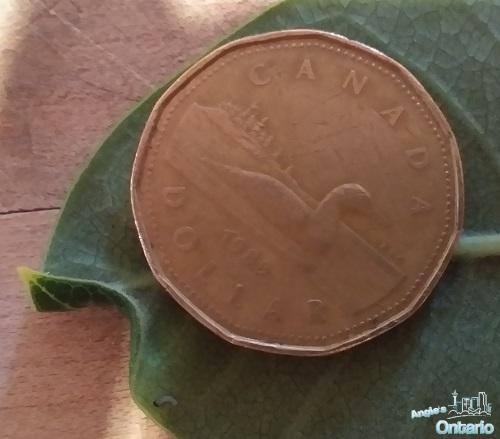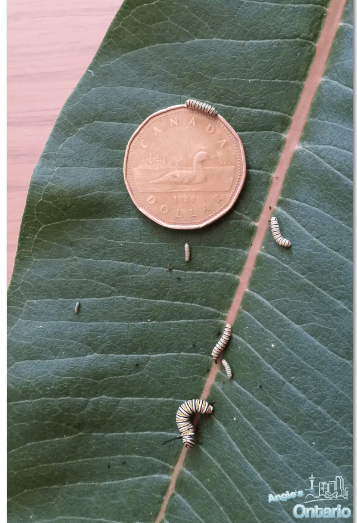
How to get started – Raising Monarch Butterflies!
It’s summer and Monarch butterflies have finally started to arrive in Ontario.
During the winter months Monarchs hibernate in Mexico and migrate to Canada in June and July to breed.
For me, that’s a beautiful reminder that summer is here, and our family has enjoyed raising Monarch butterflies in our own backyard for several years now.
Raising Monarch butterfly larvae is very easy, and it’s a great way to teach children about the Monarch butterfly life cycle and Metamorphosis in general.
Children love to follow and watch each species development stage up close.
It’s quite mesmerizing, watching a newly hatched Monarch emerging from its cocoon and taking its first flight over your gardens.
Through trial and error, we have found some great tips to share so you can learn how to find Monarch caterpillars (or eggs), and how to raise the caterpillars.
You don’t need to purchase any fancy equipment or a Monarch rearing kit. All the items I am using are reusable and recycled household containers and wet floral foam blocks, which can be purchased at a Dollar Store, Walmart or a Florist (most expensive).
Read more about the right containers, here
To get started, I recommend using these items:
- various empty Tupperware style containers (with lid)
- cleaned yogurt cups (small single portion cups)
- wet floral foam block
- newspaper
- a medium sized Rubbermaid style container (10l) with a lid (holes in the top) is required once caterpillars get larger
- or if you have, a small/medium terrarium with a screen cover. However, I find the light weight plastic containers are much easier to move and clean than a glass aquarium/terrarium.
Finding Monarch Butterfly Larvae or caterpillars
1. Look for eggs or tiny Monarch caterpillar larvae on the underside of milkweed plants.
Milkweed are the only host plant for Monarch caterpillars and they cannot survive without them.
- Pinch off the whole leaf or a large section around the eggs.
- Gently place the leaves into a small container. I like to place a piece of newspaper on the container bottom to absorb extra moisture and prevent mold.
- Open lid daily to allow for fresh air to come in.

Pictured above, white, glossy Monarch Caterpillar eggs, just laid onto Mexican Milkweed plant.
2. Caterpillars are hatching
After the second to third day you will notice the eggs have turned from white to a gray/blackish colour, which means that the tiny caterpillars are about to hatch. It takes about three to four days after an egg is laid for the caterpillar to hatch.

This tiny, transluscent appearing Monarch caterpillar has just emerged from its egg shell. Caterpillars will eat the leftover egg shell and then move on to “munching” on milkweed leaves. Now it’s time to move them to a slightly bigger container that contains freshly picked leaves.
The safest way to move these tiny caterpillars is to move the whole leaf or cut off the part the caterpillar is resting on. I make sure never to touch them at this stage as they are very hard to see and are extremely fragile.

Pictured above are seven small Monarch caterpillars in varies sizes. They are only a few days old.
Once they get to this size, you must move them to a larger container.
Read the next page now on how to find the best containers for raising Monarch Caterpillars so
they can successfully transform into their next stage, the chrysalis!
